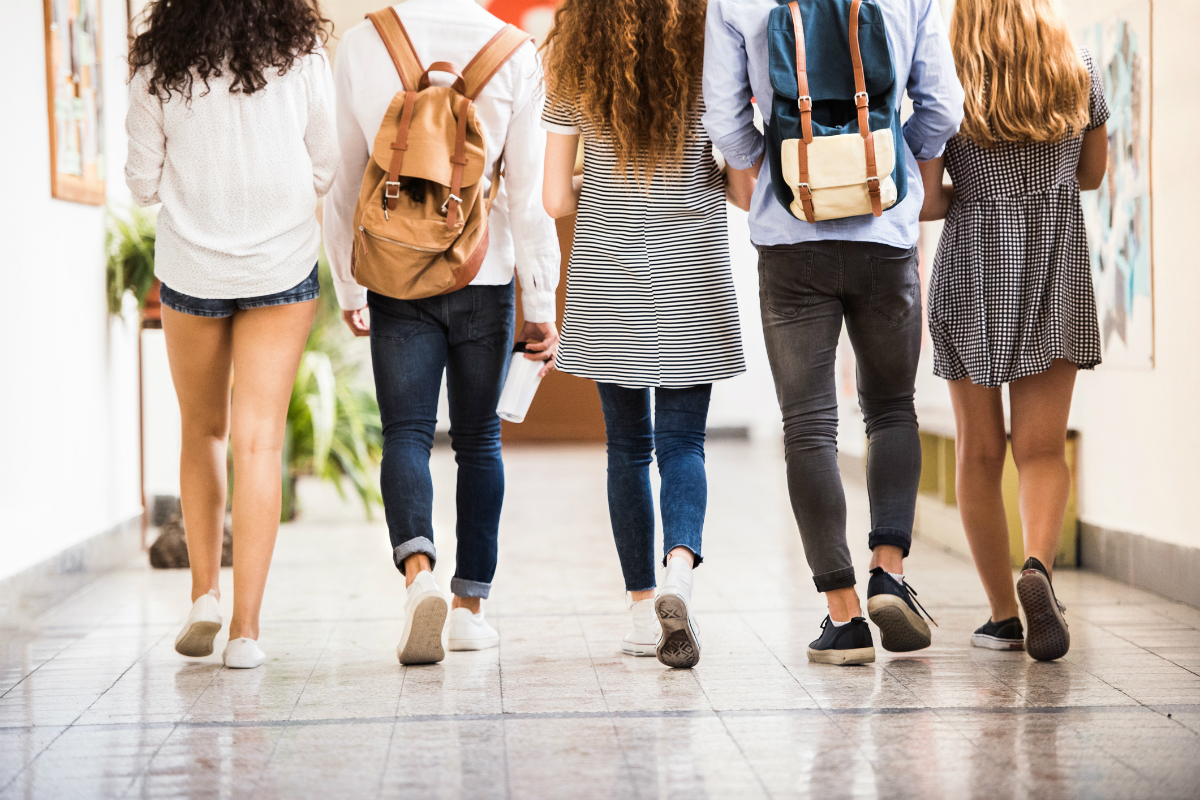As communities continue dealing with the fallout of the pandemic and districts grapple with how best to spend an influx of one-time funding to support students, experts say there is no better time to begin looking into community school models.
“New data shows that over 70,000 people have died of COVID in California over the last 17 months,” Joseph Bishop, executive director of the UCLA Center for the Transformation of Schools said during an Oct. 27 webinar hosted by the center. “Students and staff have not escaped the reach of COVID, which has also resulted in record job losses in California, social isolation for families and young people, and coupled with racial reckoning after the murders of George Floyd, Breonna Taylor and Ahmaud Arbery, anti-Asian hate crimes on the rise tied to COVID, it’s clear now more than ever community schools as part of a system of support are necessary in all communities across the country.”
Rather than simply providing medical and dental care, as well as mental or behavioral health services, community schools combine academics with a wide range of vital in-house services, supports and opportunities to students and their families that are integral to promoting learning and overall development. And because each community school’s operations and offerings reflect local needs, assets and priorities, no two are identical.
The community schools model, which prioritizes strategic structures for integrating academics and collaborative leadership with youth and community development, health and social services, and community engagement, aligns to the goals and values of California’s Multi-Tiered System of Support (MTSS) as a way of organizing campuses around the academic, behavioral, social-emotional and mental health needs of students.
“MTSS is an organizing framework to essentially understand who’s in front of you,” said Hayin Kimner, Policy Analysis for California Education senior policy and research fellow. “How do we know who our students are? How do we understand where they’re coming from? What they’re great at, what makes them curious and what they’re struggling with?”
Insights shared
Education leaders at the county office of education, district and school-site levels shared with viewers tips gleaned from years of experience establishing community school systems.
Mike Lombardo, executive director of prevention supports and services at the Placer County Office of Education, highlighted the many benefits of addressing student wellness, including better academic outcomes, higher graduation rates, reduced absenteeism and suspensions, positive school climate and better staff wellness.
“We know integrated wellness in schools increases in supports and access for students,” Lombardo said, noting the importance of relationships and alignment of staff priorities. “It really is about collaboration and integration.”
Collaboration and establishing staff buy in is “absolutely critical” at each campus as well, explained Luis Haro, Duarte High School principal and director of secondary compliance in Duarte Unified School District.
Kristin Nelson, wellness programs coordinator for Napa Valley USD noted that community schools don’t appear overnight. Infrastructure-building takes time, but it’s a vital component to establishing a comprehensive system that will truly benefit students and families.
Moving forward, even districts with longstanding community schools should recall the basics when it comes to Positive Behavioral Interventions and Supports — a component of MTSS. PBIS is a three-tiered prevention strategy through which all students receive screening and supports at tier one. If the behavior of some students is not responsive, more intensive behavioral supports are provided, in the form of a group contingency (tier two) or a highly individualized plan (tier three).
Nelson said the universal screening and supports of tier one are needed more than ever since more students and staff have returned to campus with “layers of trauma” due to COVID.





